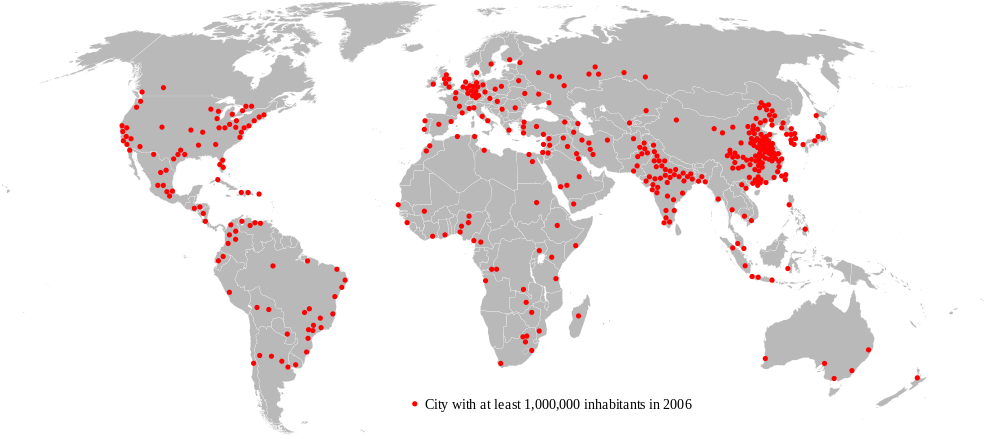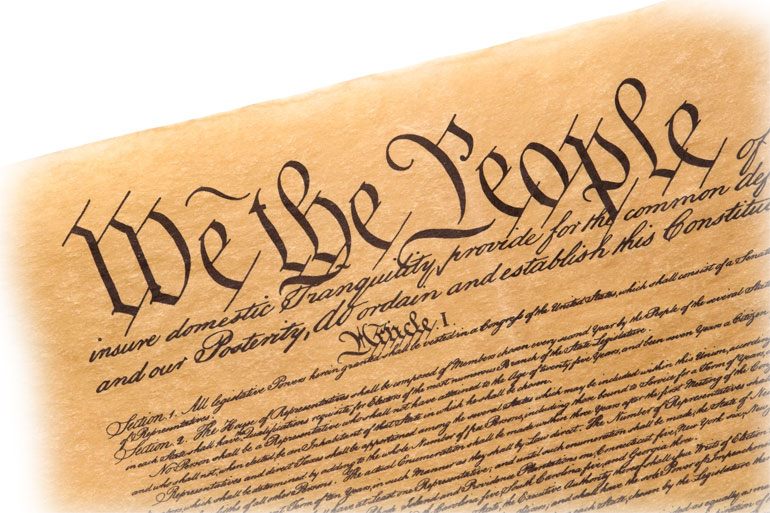
The constitution of the United States begins "We, the people...".
The word people refers to a group of humans with something in common. It is most commonly used to talk about the citizens of a country. A citizen is someone who has a right to live in a country (for example can have a passport). It can also refer to a crowd, for example. "The people rose up and rebelled", meaning the majority of the citizens (ordinary) people, as opposed to the small number who ruled them.
When politicians in America speak on behalf of the citizens of their country, they often say "The American people". It is less common for people in the UK to be called the "people" when talking about the country, and is more used when talking about a region, for example, "the people of Cambridge". It is also common to say "What do people" wear, meaning what is it common for those around me to wear.
We also use people to talk about a group that is easy to identify, such as the "Rainforest people".
World population
Here are some figures for the way the population of the world has grown.
During the European Agricultural and Industrial Revolutions, the life expectancy of children increased dramatically. The percentage of the children born in London who died before the age of five decreased from 74.5% in 1730–1749 to 31.8% in 1810–1829. Between 1700 and 1900, Europe’s population increased from about 100 million to over 400 million. Overcrowding and poor conditions led many to emigrate to the Americas. Altogether, the areas populated by people of European descent comprised 36% of the world's population in 1900.
Population growth in the West became more rapid after the introduction of vaccination and other improvements in medicine and sanitation. For example, the population of Britain increasing from 10 million to 40 million in the 19th century. The population of the United Kingdom reached 60 million in 2006. The United States population grew from around 5.3 million in 1800 to 106 million in 1920, and over 307 million in 2010.
Many countries in the developing world have experienced extremely rapid population growth since the early 20th century, due to more jobs and improvements in public health. China's population rose from 430 million in 1850 to 580 million in 1953, and is now over 1.3 billion. The population of the Indian subcontinent was about 125 million in 1750, increased to 389 million in 1941 and is now 1.63 billion . Java had about 5 million inhabitants in 1815; its present-day successor, Indonesia, now has a population of over 140 million. Mexico's population grew from 13.6 million in 1900 to about 112 million in 2010. Between the 1920s and 2000s, Kenya's population grew from 2.9 million to 37 million.
PS
People is not often used when talking about the human body, so if you were looking for what humans are like, try searching 'Body".
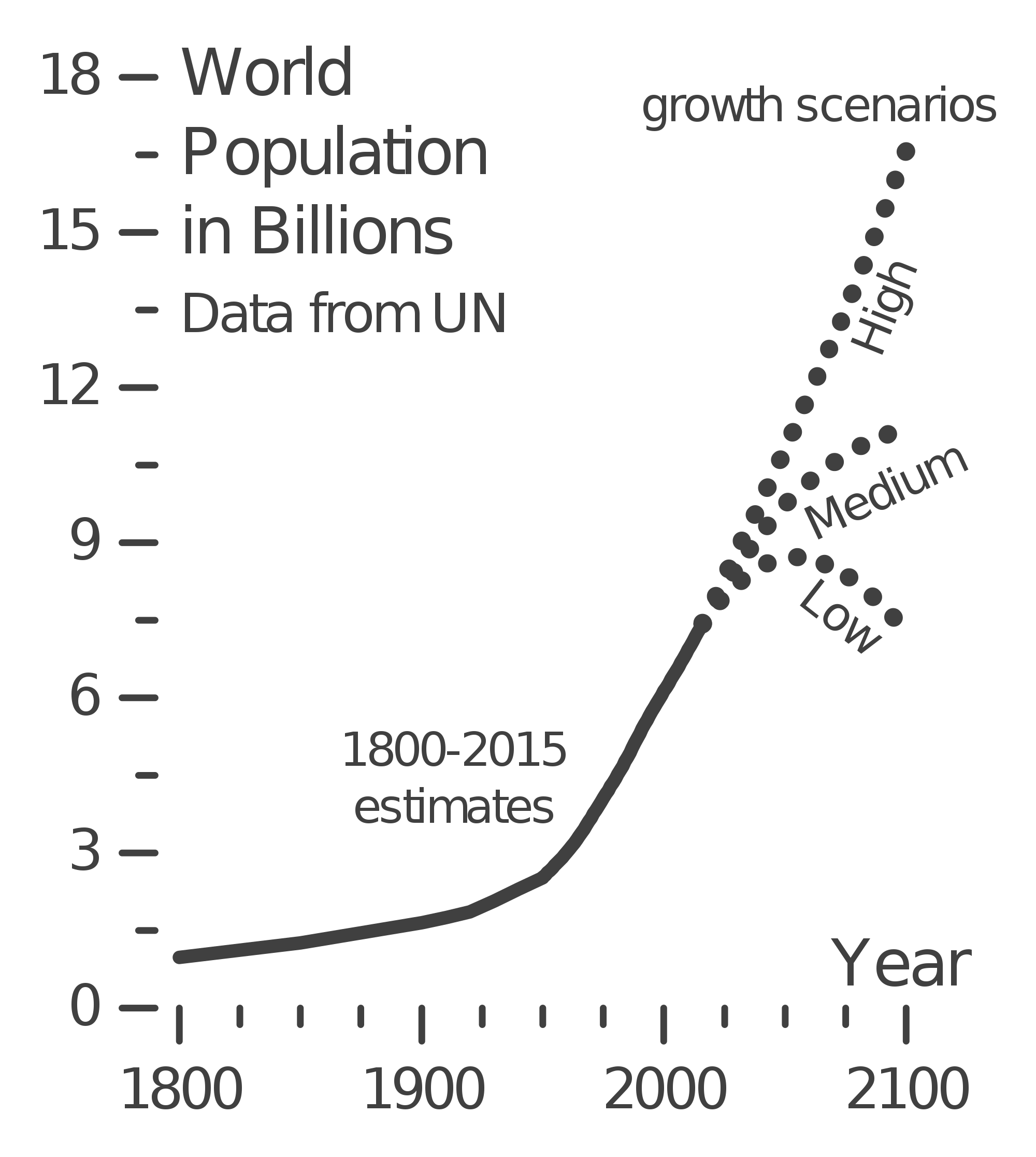
World population".
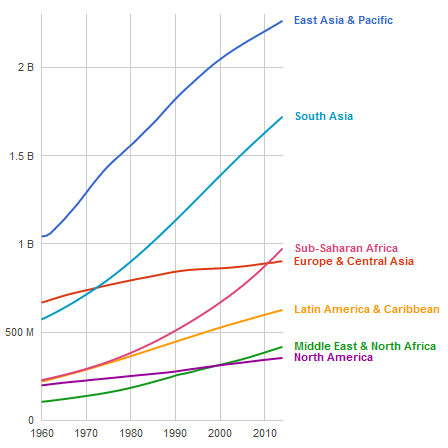
Population growth by continent".
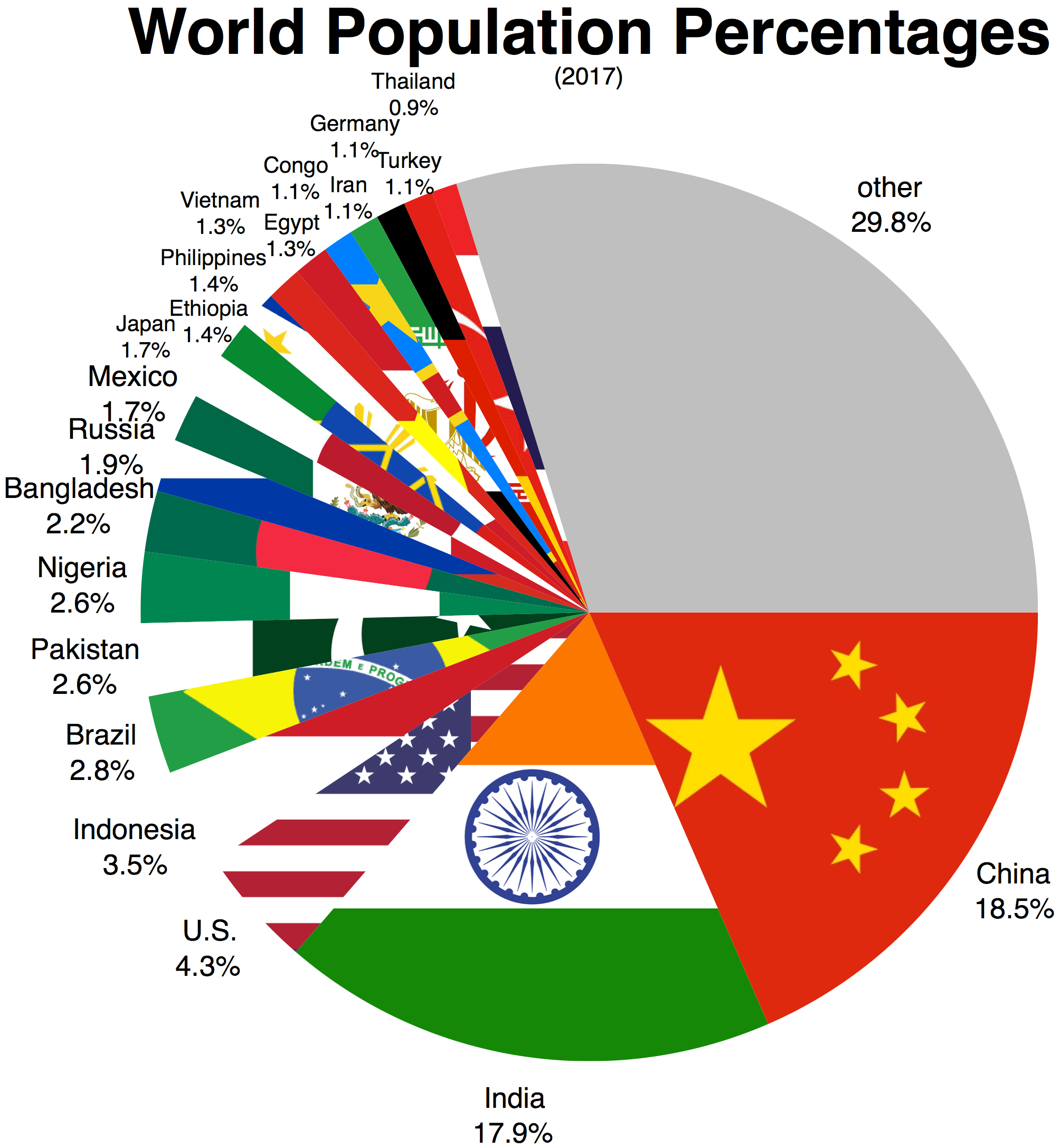
World population by country.
